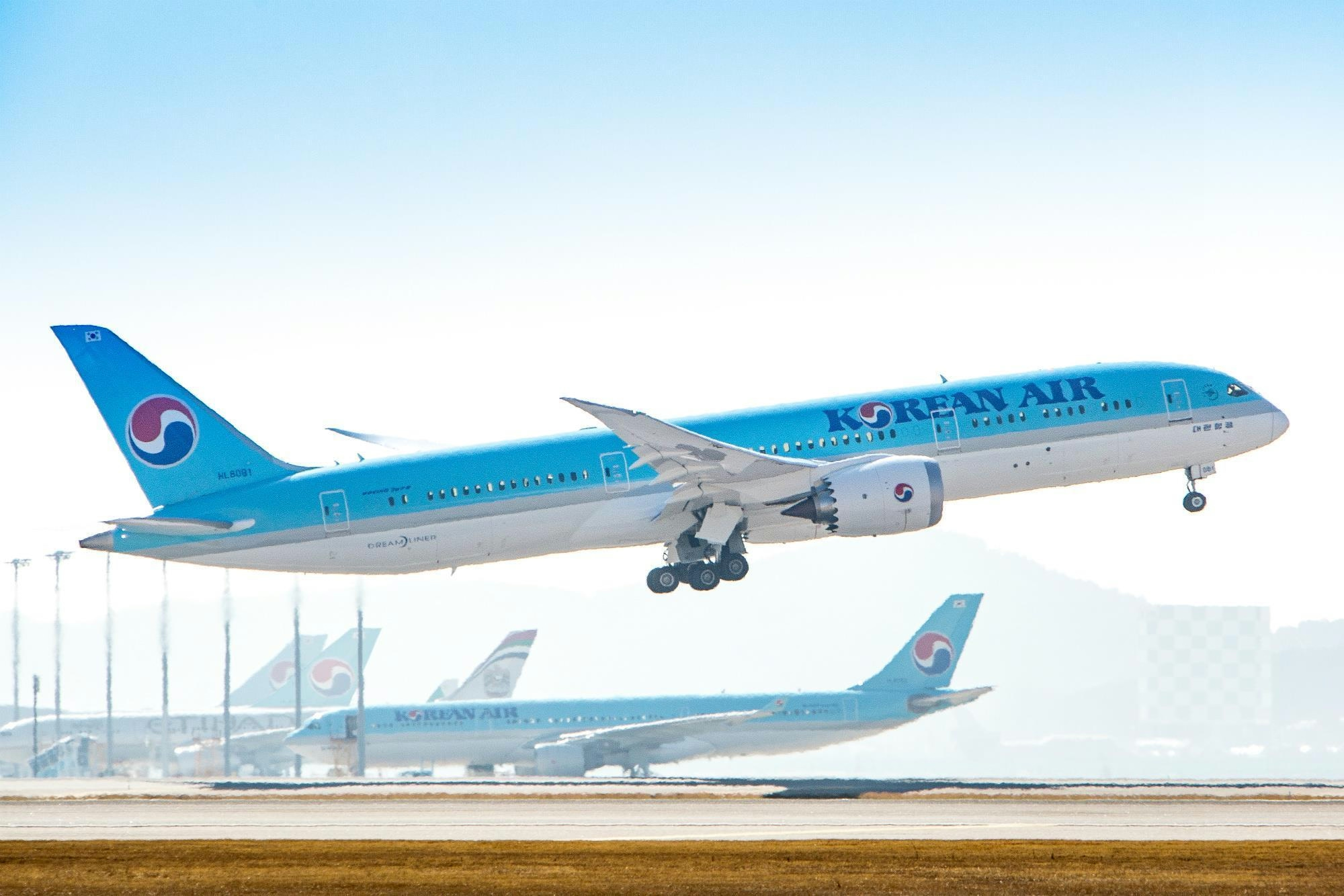
AeroGenie — あなたのインテリジェントな副操縦士。
現在のトレンド
Categories
Reimagining Ramp Operations: How AI is Transforming the Turnaround
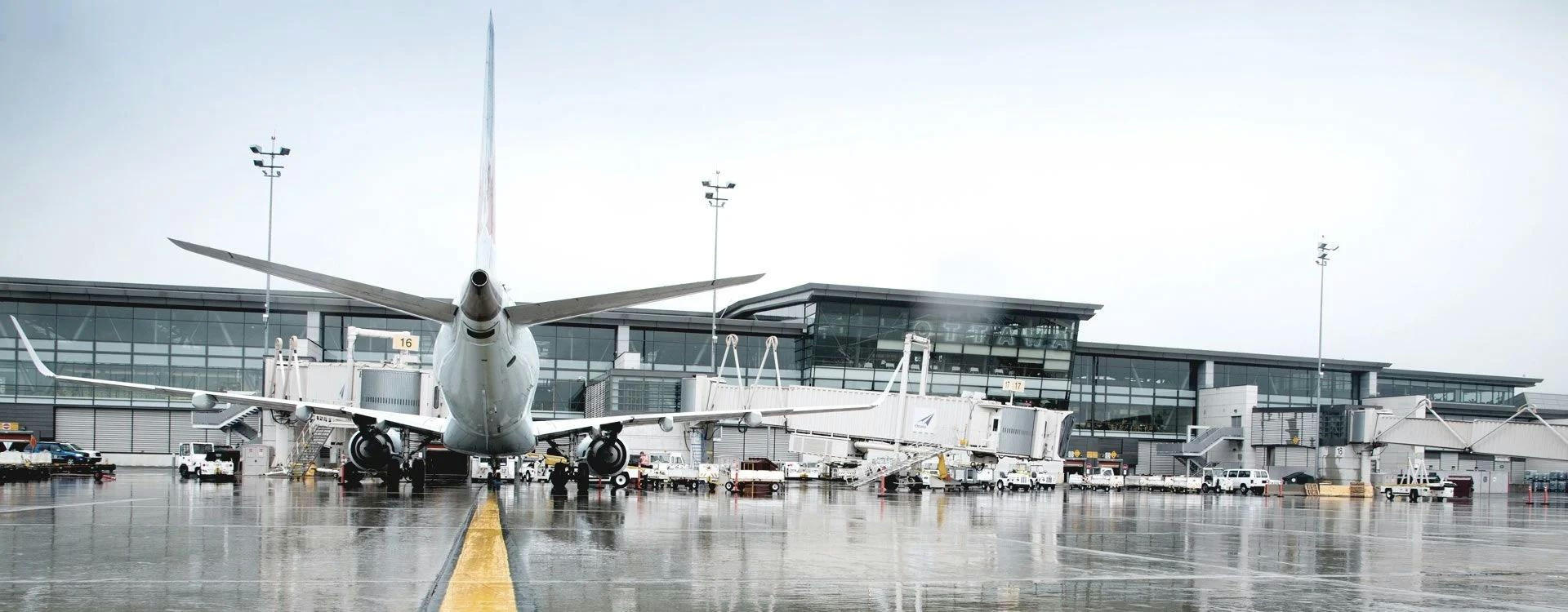
Reimagining Ramp Operations: How AI is Transforming the Turnaround
For decades, airport ramp operations—including fueling, catering, baggage handling, and pushback—have been managed as routine logistical tasks, often relying on fragmented coordination and manual communication. With passenger volumes increasing and airport expansion constrained, the ramp has become a critical focal point for enhancing operational performance and driving technological innovation.
The Turnaround Challenge
At the heart of ramp operations lies the turnaround: the brief, high-pressure interval between an aircraft’s arrival and its subsequent departure. Every minute during this window is crucial. Delays can cascade through flight schedules, disrupt gate availability, and affect passenger connections. Additionally, excessive use of Auxiliary Power Units (APUs) during turnarounds contributes to higher fuel consumption and increased emissions. Achieving a seamless turnaround now requires more than speed; it demands precise coordination, rigorous safety standards, and environmental responsibility.
AI-Powered Collaboration and Visibility
Traditional tools have proven increasingly inadequate in managing the complexities of modern ramp operations. Airports and airlines are turning to artificial intelligence to unlock the strategic potential of the ramp. These operations involve a complex network of stakeholders—ground handlers, fueling teams, catering services, airline operators, and airport staff—often working under tight deadlines with siloed communication systems. Historically, this has led to reactive and inefficient coordination.
AI is transforming this landscape by employing computer vision and machine learning to monitor and analyze real-time activities such as jet bridge movements, fueling, baggage loading, and Ground Power Unit (GPU) connections. This shared, objective visibility allows teams to coordinate more effectively, identify issues earlier, and recover from disruptions more swiftly.
Major international hubs are already witnessing tangible benefits. Seattle-Tacoma International Airport reported a 17% improvement in on-time flight performance through AI software implementation. Toronto Pearson Airport experienced a 44% reduction in taxi-in times, while London Heathrow anticipates an additional $121 million in revenue from enhanced gate utilization. When multiplied across thousands of daily operations, these incremental gains translate into significant improvements in efficiency, capacity, and cost management.
Enhancing Expertise and Ensuring Safety
Importantly, AI is not intended to replace frontline expertise but to augment it. By automating repetitive monitoring and reporting tasks, AI frees experienced personnel to concentrate on problem-solving, safety oversight, and operational execution. This integration fosters a smarter, more connected, and resilient ramp environment.
Safety remains a paramount concern in the high-risk ramp setting, where multiple teams and heavy equipment operate in close proximity to aircraft. AI-powered computer vision systems provide continuous monitoring of stand activity, detecting potential safety hazards such as unauthorized pushbacks or misplaced ground equipment in real time.
Navigating Challenges and Building Trust
Despite its promise, integrating AI into ramp operations presents challenges. The rapid pace of AI development often outstrips organizational capacity to adapt, creating a risk of competitive disadvantage. Market responses vary: some companies, like Lloyds Banking Group, have reported substantial productivity gains, while others, including Moderna, have highlighted risks related to equipment malfunctions. Competitors are increasingly leveraging AI for dynamic optimization and autonomous decision-making, raising the stakes for those slower to adopt.
Managing the risks associated with AI and maintaining trust and safety are critical. Strategies such as retrieval-augmented generation (RAG), the implementation of AI guardrails, and sustained human oversight are essential to balance innovation with operational reliability.
As airports and airlines continue to reimagine ramp operations, the integration of AI offers a promising path toward enhanced efficiency, safety, and sustainability—contingent on organizations’ ability to keep pace with technological advances and responsibly manage associated risks.
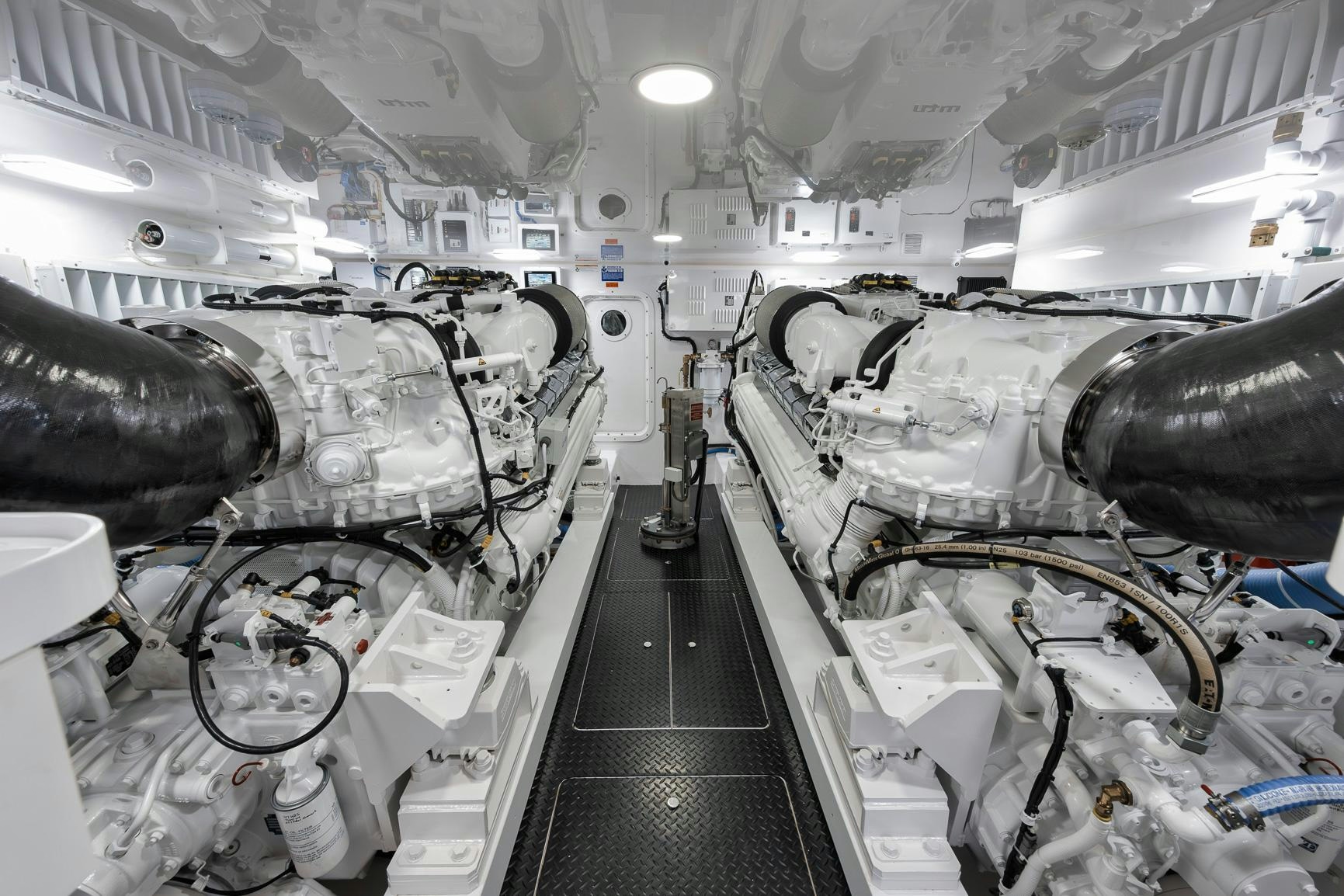
Why Aircraft Engines Lack Screens or Grills
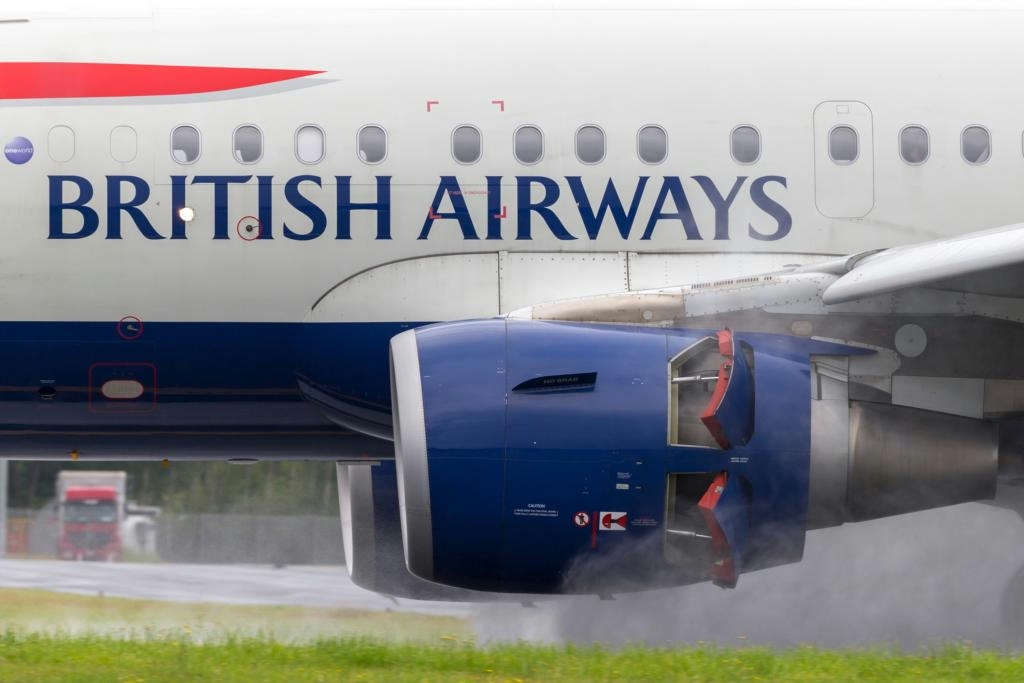
How Aircraft Engines Use Reverse Thrust During Landing

AI-Powered Air Traffic Control Integrated into Home Flight Simulators
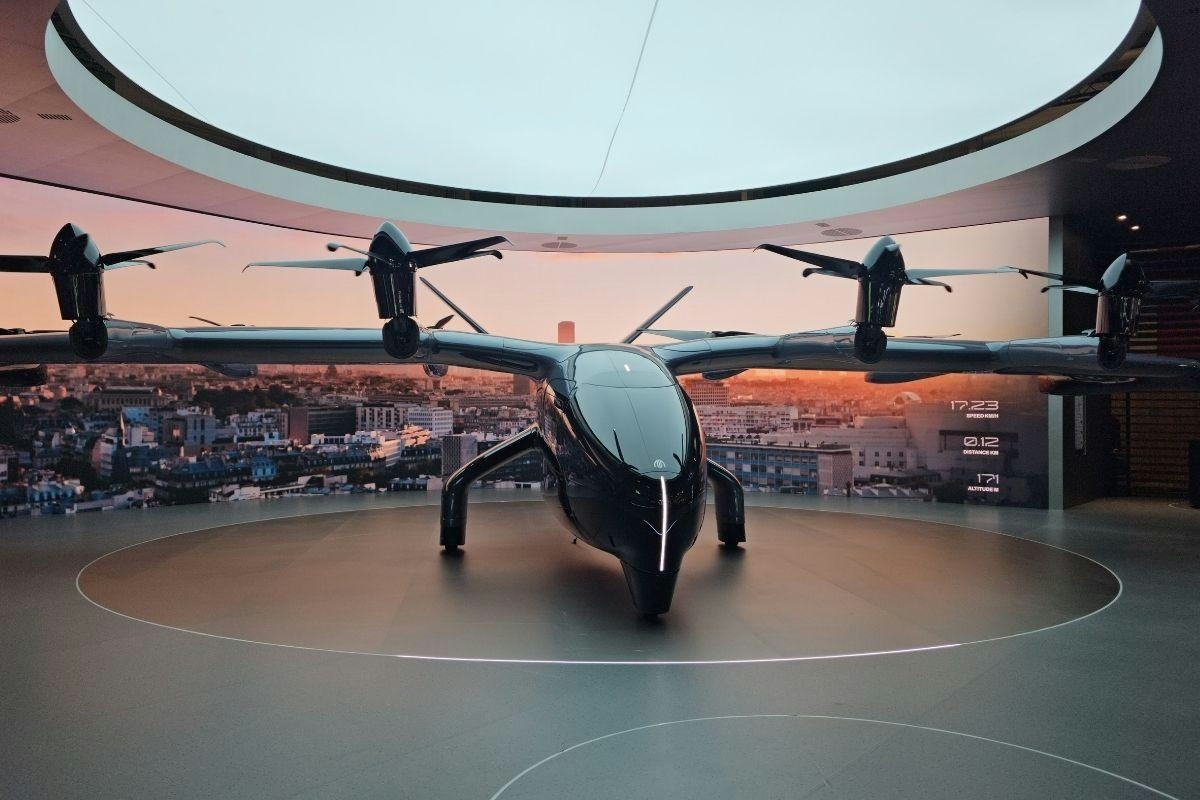
Autonomous Flying Taxis Prepare to Enter U.S. Airspace
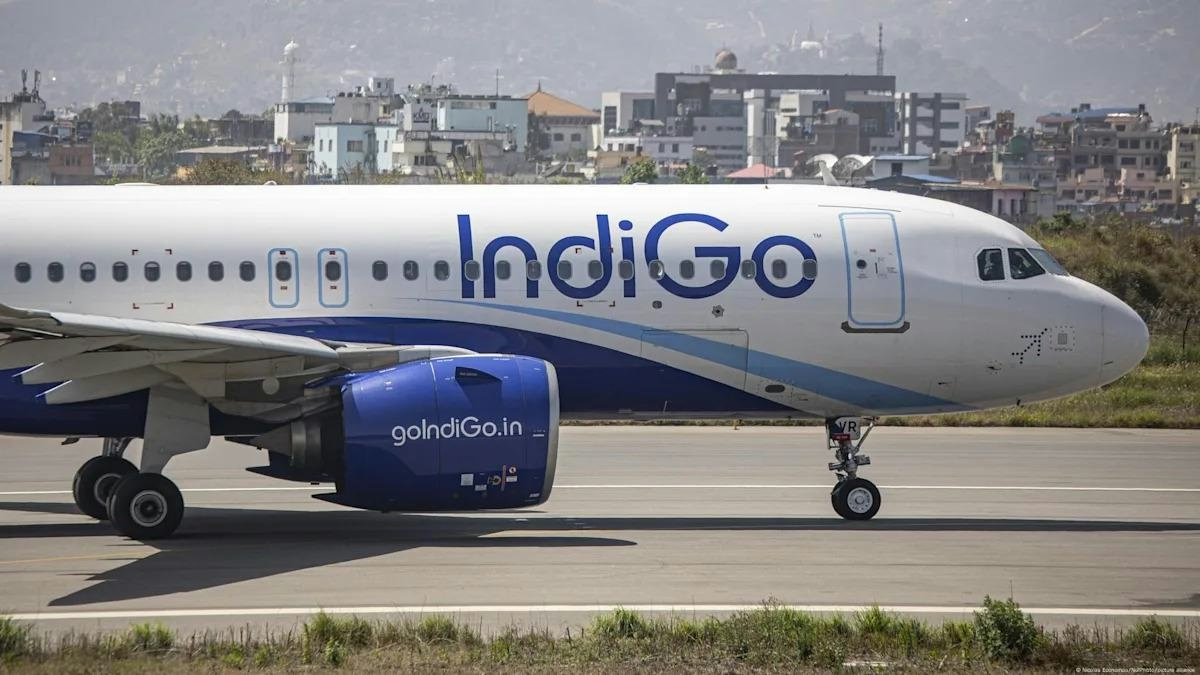
Aviation Ministry Approves Two New Indian Airlines Following IndiGo Crisis
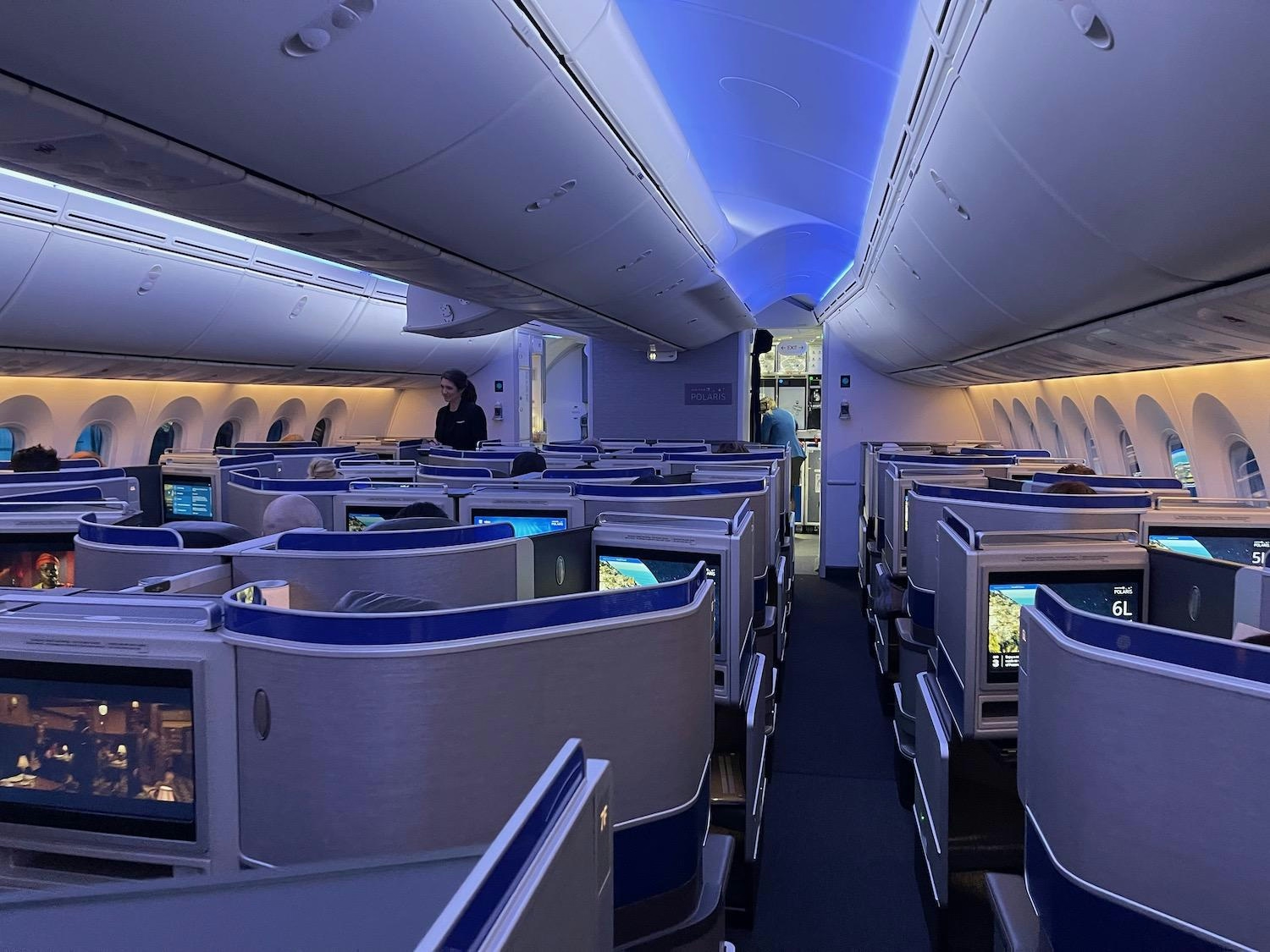
Is the Boeing 787-10 a Viable Option for Delta Air Lines?
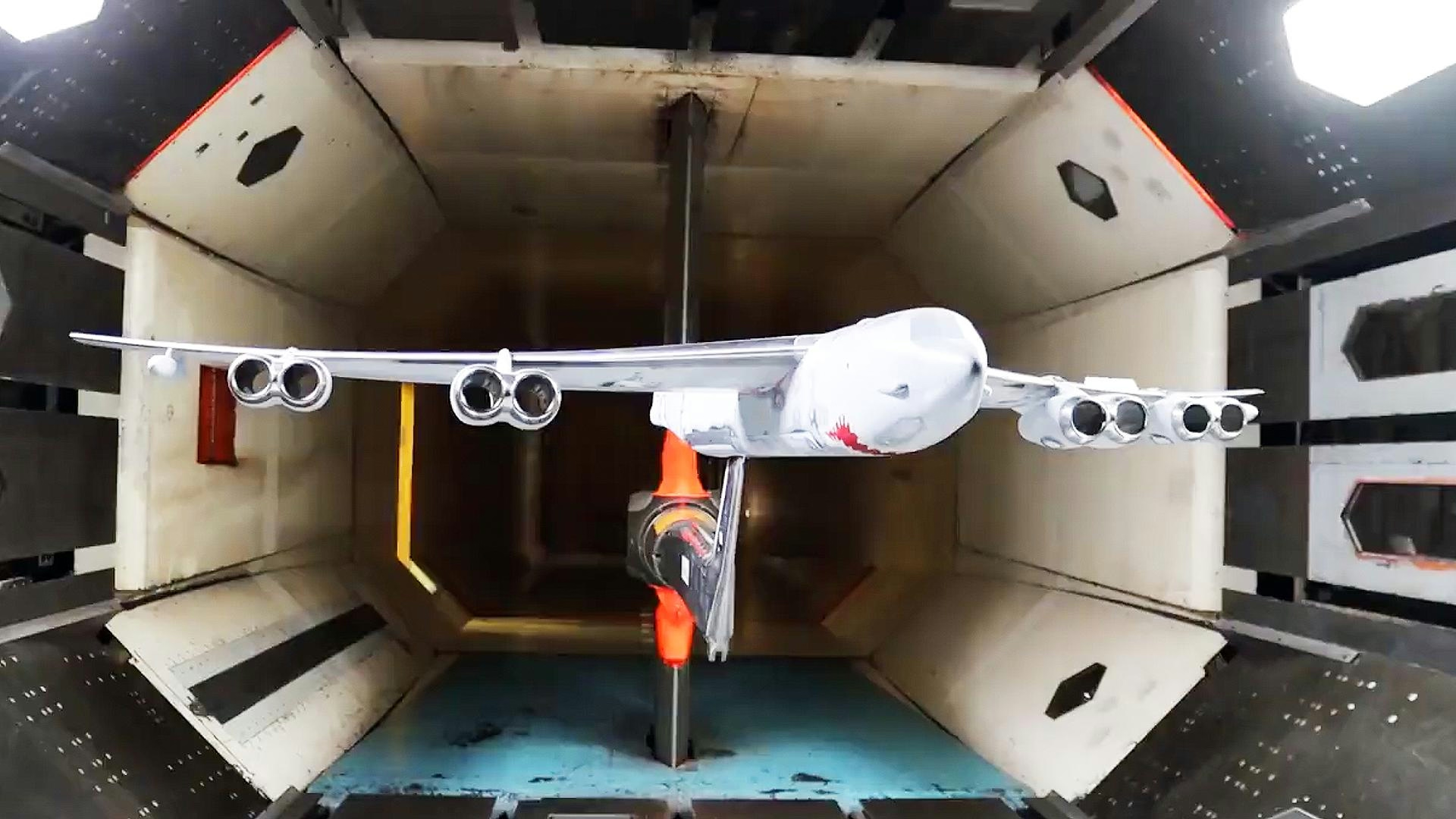
Boeing Wins $2 Billion Contract to Upgrade B-52 Engines
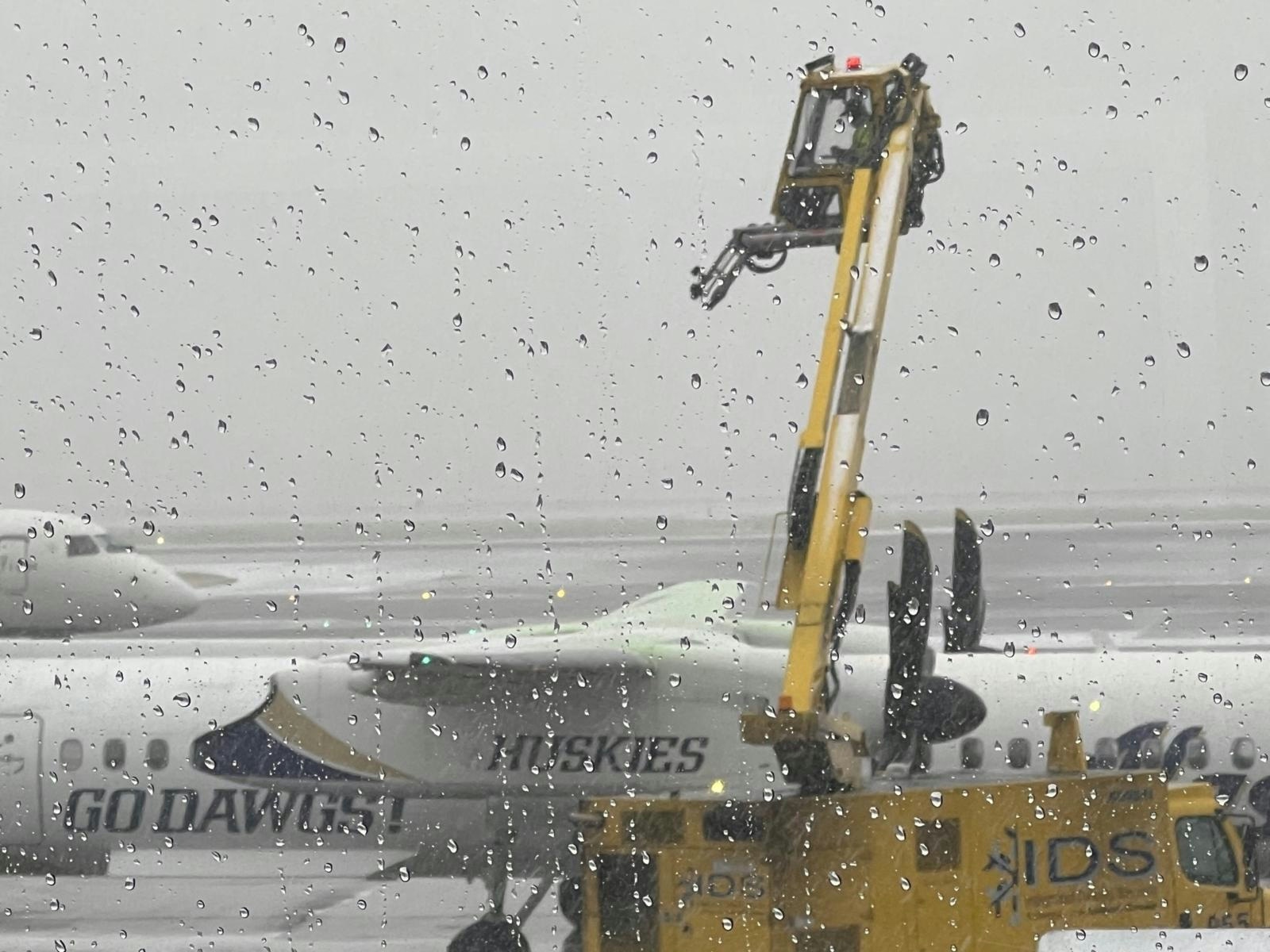
Do Aircraft Engines Require Antifreeze in Winter?
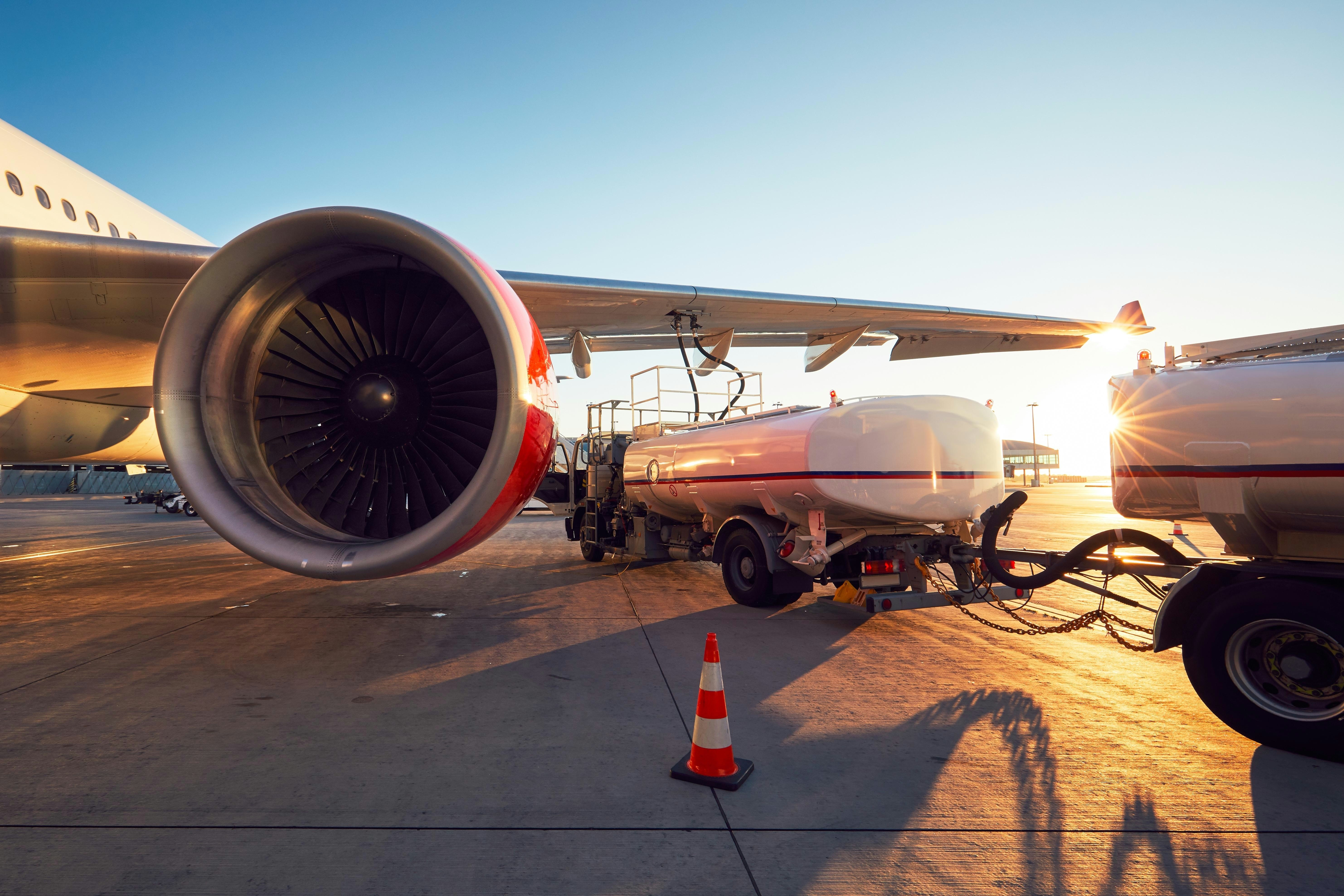
Biman Faces Worsening Fleet Shortage Amid Leasing Challenges
